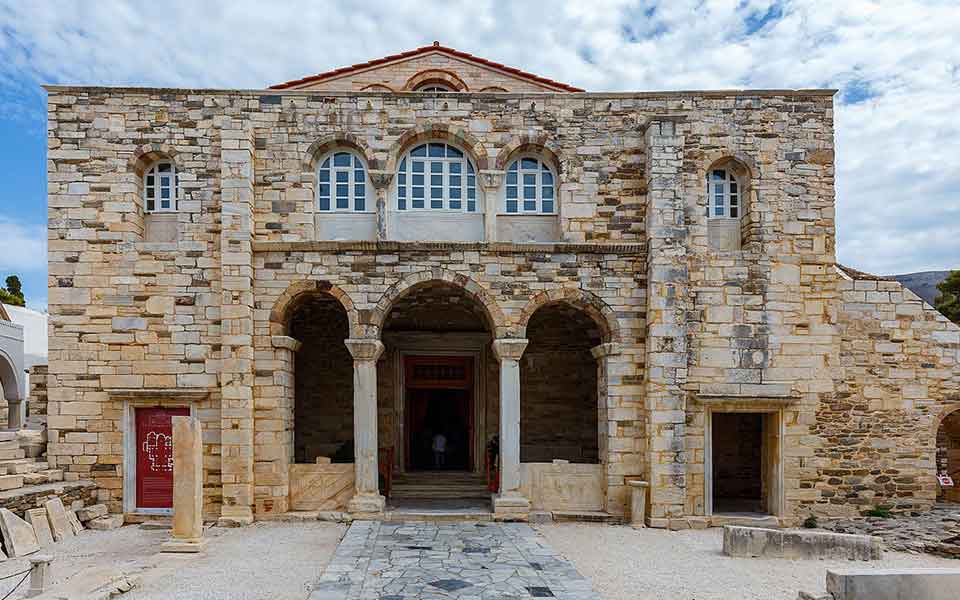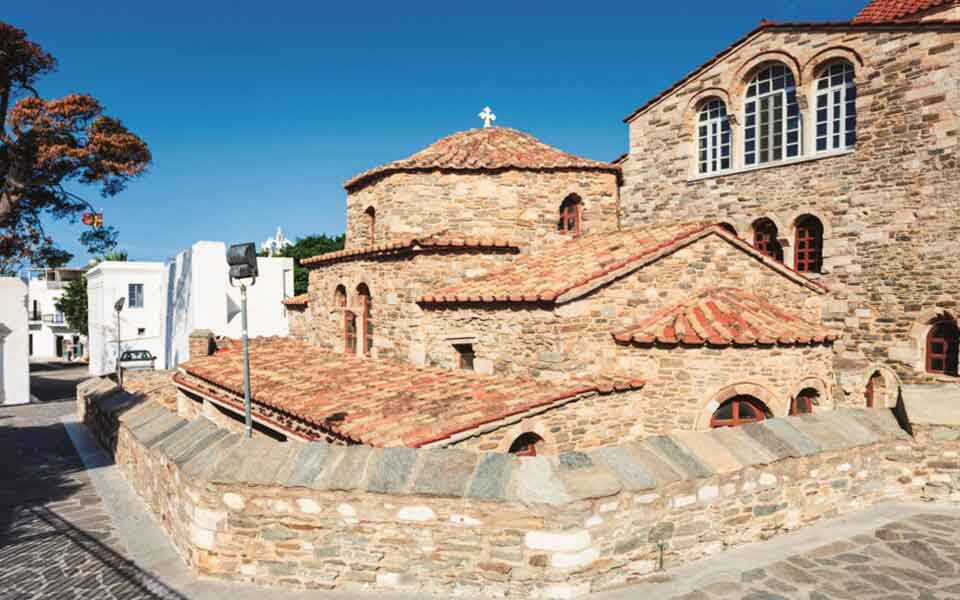A team of Greek archaeologists have made some startling discoveries during a 6-year program of research at Panagia Ekatontapyliani (literally “the Church of 100 Doors”), an early Byzantine church complex on the Cycladic island of Paros. They believe the results of their work, to be presented today, Thursday, August 25, at the 24th International Congress of Byzantine Studies in Venice, will reset prevailing views about the role of the Cyclades during the transition from Late Antiquity to the early Medieval period.
Located close to the port of Parikia, the island’s capital, the imposing monument is one of the best preserved early Christian churches in Greece. It contains a number of historically significant icons, many of which date back to the 17th and 18th centuries. The church is also one of the most well important Marian pilgrimage sites in the Aegean, second only to the famous Megalochare church on nearby Tinos island.

© Shutterstock
Based on their findings, the archaeologists are now challenging the widely accepted view that the church complex was built in the 6th century by the emperor Justinian, following the destruction of the original 4th century church by fire. Careful investigation of the site, which features a main chapel surrounded by two smaller chapels and a baptistery with a large cruciform font, now places its construction in the first half of the 8th century. If correct, the material resources and work force required to build the church complex were assembled during one of the most tumultuous periods for the Byzantine empire, amid the onslaught of Arab raids in the 7th and 8th centuries.
Demetrios Athanasoulis, director at the Ephorate of Antiquities of the Cyclades, says the evidence suggests that far from abandoning the islands, “the empire saw them as vital to its survival.”
The origins of the name “Ekatontapyliani” are shrouded in mystery, as it does not have one hundred doors or gates, but some scholars believe it derives from the term “katapola,” which means “towards the city” or “Lower Town church.”
Another popular tradition states that the earlier church was founded in 326 AD by Saint Helen, mother of the Roman emperor Constantine the Great (ruled 306-337 AD), on her way to the Holy Land in search of the True Cross.











